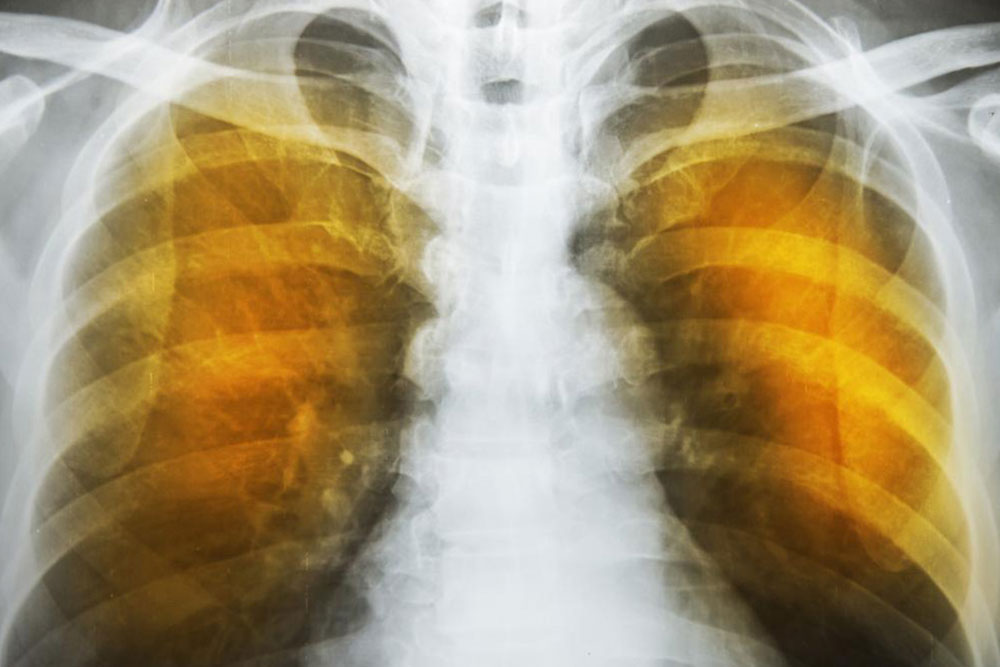A Comprehensive Guide to Chronic Bronchitis: Symptoms, Causes, and Effective Treatment Strategies
Chronic bronchitis is a long-term respiratory condition marked by persistent cough, mucus production, and breathing difficulties. This comprehensive guide explores its causes, symptoms, diagnostic methods, and effective treatment strategies. Understanding and managing this condition early can significantly improve quality of life, especially for those exposed to risk factors like smoking and environmental pollutants. Learn how lifestyle changes, medications, and preventive care play critical roles in controlling chronic bronchitis and preventing progression to COPD.

Deep Dive into Chronic Bronchitis: Understanding Causes, Recognizing Symptoms, and Exploring Treatment Options
While many respiratory infections like the common cold or influenza typically resolve within a week or two, certain individuals face prolonged lung-related issues that develop into chronic conditions. One such persistent respiratory disease is chronic bronchitis, which is characterized by ongoing inflammation of the bronchial tubes — the air passages that carry air to and from the lungs. Unlike temporary bronchitis, which often resolves on its own, chronic bronchitis remains a long-term health problem that can significantly affect daily life and overall health.
Understanding the nuances of chronic bronchitis is essential for early detection, effective management, and improving quality of life. This condition, a major component of Chronic Obstructive Pulmonary Disease (COPD), develops gradually and requires careful medical attention. It is distinguished from acute bronchitis by its persistent nature, usually lasting for at least three months, with episodes recurring over two consecutive years.
Chronic bronchitis predominantly involves inflammation and swelling of the larger airways, leading to excessive mucus production, persistent cough, and respiratory difficulties. It significantly impairs airflow, making breathing a struggle, especially during physical activity or respiratory infections. Many factors contribute to the development of this condition, but smoking remains the most significant risk factor, along with exposure to environmental pollutants, occupational dust, and chemical irritants.
This article aims to provide an in-depth understanding of what causes chronic bronchitis, how to recognize its symptoms, current approaches to diagnosis, and the most effective treatment options available today. By gaining knowledge about the disease, patients can take proactive steps to manage symptoms, slow disease progression, and enhance their overall quality of life.
Chronic bronchitis tends to affect adults across various age groups, but it is particularly prevalent among middle-aged and older men who smoke or are exposed to respiratory irritants regularly. While the condition is more common in men, women with similar risk factors are also vulnerable. With the rise of air pollution levels globally, even non-smokers in urban environments are at increased risk of developing this condition.
Recognizing the symptoms early on is critical. Patients often experience a persistent cough that produces mucus; this is sometimes referred to as a "smoker's cough." Chest discomfort or tightness, fatigue, shortness of breath, and occasional mild fever are also common signs. Over time, the symptoms may worsen, leading to frequent exacerbations that require medical intervention.
The diagnosis of chronic bronchitis involves a combination of clinical assessment and diagnostic tests. Tools such as chest X-rays help visualize lung structures, while pulmonary function tests evaluate airflow limitation. Blood tests can detect signs of infection or inflammation. In some cases, high-resolution computed tomography (HRCT) scans are employed to gain detailed images of the lungs, aiding in differentiating bronchitis from other lung diseases.
Treatment strategies focus primarily on managing symptoms and preventing further lung damage. Medications such as bronchodilators are used to relax airway muscles, easing breathing. Corticosteroids help reduce inflammation within the airways. Pulmonary rehabilitation programs offer tailored exercise routines, education, and support to improve lung capacity and overall health. Oxygen therapy may be recommended for patients with significant oxygen deprivation. Importantly, quitting smoking can significantly slow disease progression and reduce the frequency and severity of exacerbations.
Preventative measures include vaccination against influenza and pneumonia, which can help prevent infections that often exacerbate bronchitis symptoms. Lifestyle modifications such as avoiding pollutants, maintaining good hygiene, and staying physically active are also essential components of management.
It’s crucial for individuals at risk of or suffering from chronic bronchitis to seek medical advice promptly. Early intervention not only improves symptom control but also helps in monitoring disease progression. With ongoing research and advances in medical treatment, patients now have access to more effective therapies designed to improve longevity, reduce symptoms, and enhance quality of life.
In conclusion, chronic bronchitis is a significant health concern that requires awareness, early detection, and comprehensive management. Understanding its causes and recognizing symptoms early can help patients seek timely medical care. Lifestyle changes, medical treatments, and preventive measures play vital roles in controlling the disease and preventing complications. If you or someone you know exhibits symptoms linked to this condition, consulting a healthcare professional is crucial for appropriate diagnosis and personalized treatment planning.





